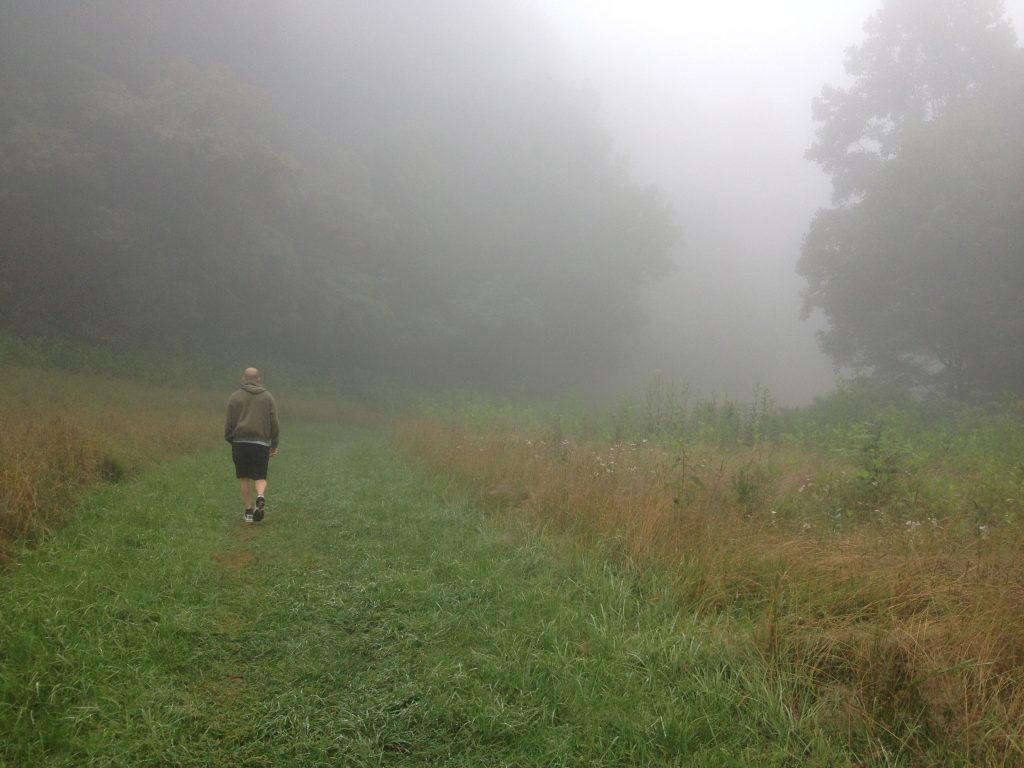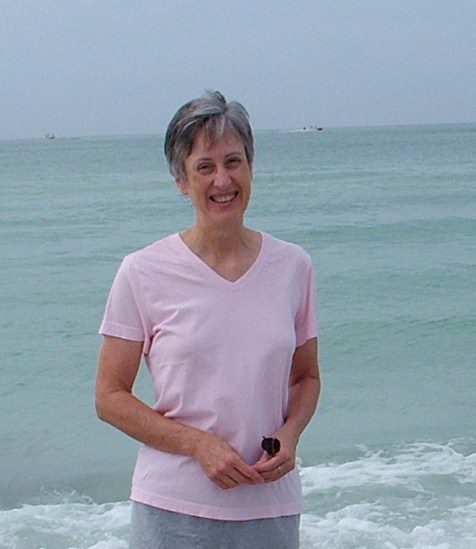
by Linda Lee
Those of us who are or have been caregivers for long periods of time often put our own lives on hold. We may quit jobs or reduce our hours at work. We may move residences to be closer to the person under our care. We may make financial and emotional sacrifices that interfere with our own plans or relationships. Our daily routines now center on the needs of the person who depends on us most. Ideally, these individuals attain better health and no longer need intensive care as they regain independence. However, those who have a terminal illness may continue to decline, and their caregiving needs intensify over time.
We then live through the pain of watching our loved one diminish as we dread—perhaps fear—their looming end of life. We may begin to grieve their loss even before it occurs. And finally, we witness or in other ways experience our loved one’s death.
The next day, we wake to a completely altered world and a new reality. My loved one is gone. Now what?
Caregivers next face at least two major life challenges: grief related to their loved one’s death, and an altered identity or sense of purpose now that their caregiving role is finished. Managing these transformations is too complex to be addressed fully in this article, but I highlight some common themes.
Acknowledging Our Grief
Even if the death was expected, everyone is likely to be in some state of shock. It’s probably good that some tasks must be performed quickly, forcing us to move forward. These may include notifying others, planning a funeral or other remembrance, completing paperwork, and figuring out finances. People often say that the permanence of the death doesn’t seem real until after the funeral, when family members go home and they’re left alone.
As the reality of our new life begins to sink in, other feelings related to grief may emerge. Some feel overwhelmed by the tasks before them. Others feel anger or resentment, particularly if they had sacrificed this period of their lives out of a sense of duty. Caregivers often mention regret as they question choices they made or remember words they would rather take back. The fact is, all of us made the choices we thought were best with the information we had at that moment. We are all human, and no one is in perfect control of things we say while under extreme stress. Those few incidences of something expressed in frustration are likely dwarfed by the years—perhaps the lifetime—of love and kindness shared with the person who died.
Caregivers also may feel guilty if they feel relieved after the death. The relief may be in knowing that their loved one is no longer suffering, but it also may be because their heavy burden of caregiving has been lifted. This is a normal response to ending an intensely difficult period in our lives.
The grief journey that lies ahead is challenging at best. Grievers may be tempted to mask their sadness with alcohol or drugs, work excessive hours, or create another form of escape. American culture reinforces this notion of blocking pain so that we can get on with our lives. Unfortunately, the pain doesn’t magically disappear, and this approach often morphs into the depression that’s commonly reported among those who are grieving. The reality is that facing these emotions is what allows us to express grief fully and find new meaning in life.
The idea of facing grief head-on repeatedly surfaces in books and articles about grieving. Each author describes it a little differently, but all conclude that we can’t run from this essential part of our healing. Here is one summary:
The craziest yet most effective approach I know for dealing with suffering is to turn toward the monster we are programmed to run away from and take it into our arms.
It’s counter-intuitive, and it works. It’s crazy because who in their right mind would embrace pain when they could find a hundred ways to avoid it? And it’s effective because in the act of softening and surrendering, our hearts make a space to hold it all: the beauty and the terror, the love and the loss.[1]
Americans are taught that grief is a period of sadness that ends after a specified amount of time, after which we should “get over it.” Those of us who have experienced the loss of someone close to us know that grief is always there to some degree. It’s something we learn to incorporate into our lives. We begin to move forward on top of the pain. We adapt to it. Author Megan O’Rourke painted the perfect analogy:
It’s not a question of getting over it or healing. No; it’s a question of learning to live with this transformation. For the loss is transformative, in good ways and bad, a tangle of change that cannot be threaded into the usual narrative spools. It is too central for that. It’s not an emergence from the cocoon, but a tree growing around an obstruction.[2]
A tree growing around an obstruction…. Grief is a constant presence that sometimes overwhelms us even years after the death, but we learn to extend new growth and life around it.
Creating a New Life
Especially in the beginning, we may have no idea how to begin facing the grief and redefining life. Grief specialist and author Megan Devine suggested the following for the early days of grief:
If there is anything that gives you even a moment’s relief or respite, move toward that. It makes no difference what it is. Finding a break in grief is nearly impossible, but those occasional breaks are necessary.[3]
One thing is certain: we can’t go through this journey alone. We need support from other sources, whatever form they may take. Grief specialist and professor Dr. Joanne Cacciatore beautifully summarized what we need from family and friends after our loved one has died:
When we are frightened and in pain, we need others with whom we can be honest. We need others who can enter the abyss with us, sometimes again and again. We need to reach out to someone who is safe, who will not judge, who will not shut down or shun our pain. And, when we are hurting this much, we may need to borrow, muster, or scrape up the courage to reach out to others. And we need these things for an indefinite period.
Solace and care come from many sources. Others who listen deeply, attentively, and nonjudgmentally can be found in the least expected places. Take note, pay attention, and seek help from those willing to be present with you.
Time with these kinds of people can carry you through perilous terrain.[4]
There may be only a few people who will be able to fulfill this role in our lives, and they may not be those we would have predicted. However, those who emerge are the ones to gravitate toward. They will accompany us on this journey.
More specialized or professional support can be highly beneficial. It may come from in-person or online bereavement support groups or individual counseling. These may be found by contacting a local hospice or searching for groups online. Making the initial contact is the hardest part, but the benefits are huge. Podcasts, articles, and books about grief also provide support. Some are geared toward the challenges of finding a new life after caregiving, such as the one by Denise Brown referenced here.[5]
Healing takes time and a lot of energy. It’s not a linear progression; rather, we have times when we feel utterly crushed under the weight of grief and times when we manage to pick ourselves up to face the next challenge. We need to be gentle with ourselves as we go through this period and stand up to those who try to push us past where we are in the process.
The healing period is a time of experimentation to discover other things that help us. It may be anything from the healing power of being in nature to being around the energy of children. Each person’s journey is unique.
Finally, when we’re ready, we can look for a new life purpose beyond caregiving. Something that calls us. Something that fulfills the deep longing in our souls. It may be another caregiving situation; it may be something totally different. We need to take our time making choices—trusting and relying on our inner voices to guide us and receiving the gifts being offered. Ideally, we come to realize that the pain of what we’ve lost is not as strong as the love we share with the dear one who died and the light that still encompasses us.

This is the fourth and final installment in a series of articles Linda wrote for caregivers and family and friends who wish to support them.
Read the first installment, Two Things We Often Say to Caregivers (and Probably Shouldn’t), HERE.
Read the second installment, The Partnership of Caregiving and Empowering Our Loved Ones, HERE.
Read the third installment, Caregiving: Finding Balance When the Scales Feel Totally Tipped, HERE.
Linda Lee, PhD, is a published author and retired professor and research editor. She has offered workshops for The Yoga Sanctuary and other organizations, including Tidewell Hospice. In this series, she will present guidelines she developed following the loss of her spouse, through her training as a Tidewell volunteer, and from the grief literature.
_________________________________________________________________________
[1] Mirabai Starr, “Softening Into the Pain,” WordPress (blog), January 12, 2011, https://mirabaistarr.wordpress.com/2011/01/12/softening-into-the-pain/.
[2] Megan O’Rourke, The Long Goodbye: A Memoir (New York: Riverhead Books, 2011), 217.
[3] Megan Devine, It’s Okay That You’re Not Okay: Meeting Grief and Loss in a Culture That Doesn’t Understand (Louisville: Sounds True, Inc., 2017), 73.
[4] Joanne Cacciatore, Bearing the Unbearable: Love, Loss, and the Heartbreaking Path of Grief (Somerville: Wisdom Publications, 2017), 15.
[5] Denise M. Brown, After Caregiving Ends, a Guide to Beginning Again (Park Ridge, IL: Tad Publishing and Consulting Co., 2014).
